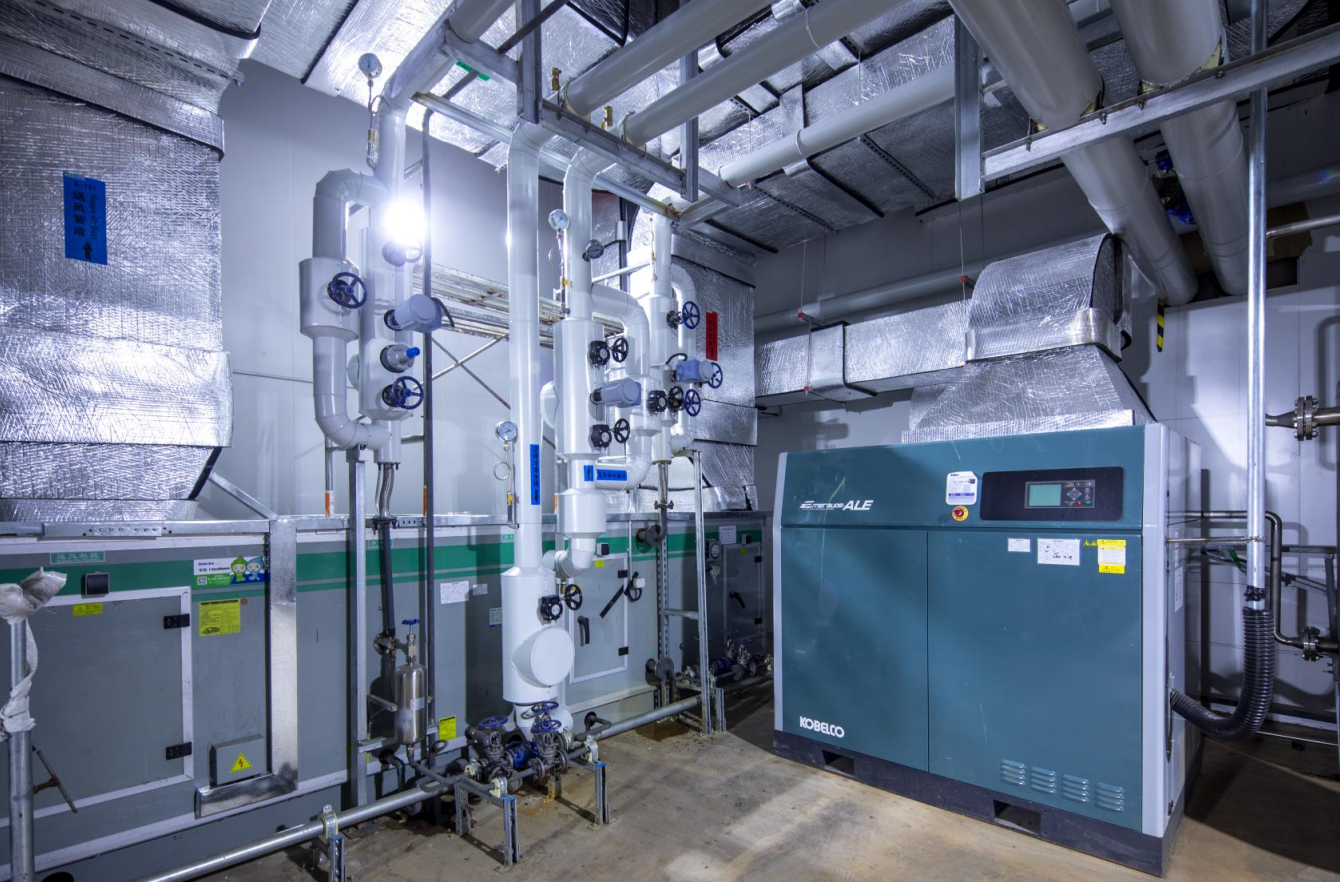Pharmaceutical equipment and piping systems rely extensively on stainless steel, to provide the non-reactive, corrosion-resistant construction needed in manufacturing and heat sterilization. However, thermoplastics are available that may offer improved qualities or lower costs. Less expensive plastics such as polypropylene (PP) and polyvinyl chloride (PVC) may be acceptable for non-compendial systems. Others, such as polyvinylidene fluoride (PVDF) offering greater heat resistance, may be suitable for compendial waters, although they require continuous support in hot applications. The cost of a PVDF system may be approximately 10-15 percent lower than the cost of a stainless steel system once factors such as passivation, boroscope radiographic inspection, etc., are included. New methods of joining PVDF tubing leave a weld much smoother than possible with stainless steel. At higher temperatures, however, thermal expansion of the plastic becomes a major concern.
Material selection should be consistent (all 316L or all 304L etc.) throughout the distribution, storage, and processing systems if regular passivation is planned.
For compendial water, the use of 316L steel is preferred. Insulation for stainless piping should be free of chlorides, and hangers provided with isolators to preclude galvanic corrosion.
304L and 316L stainless steel have been the industry preference in tanks for the storage of compendial waters. Jacket material in contact with the shell should be compatible, to avoid chromium depletion in the weld-affected zones. Non-compendial water storage may not require the same level of corrosion resistance or the use of low carbon nickel-chromium alloys and special finishes, depending on the owner’s water specifications.
Post time: Nov-26-2021

